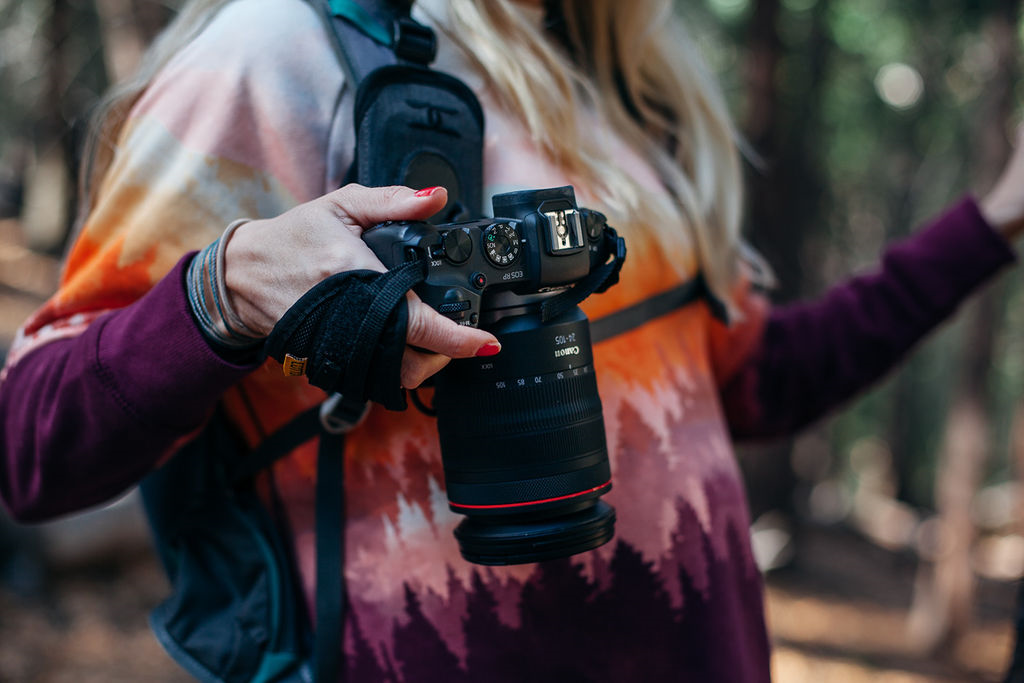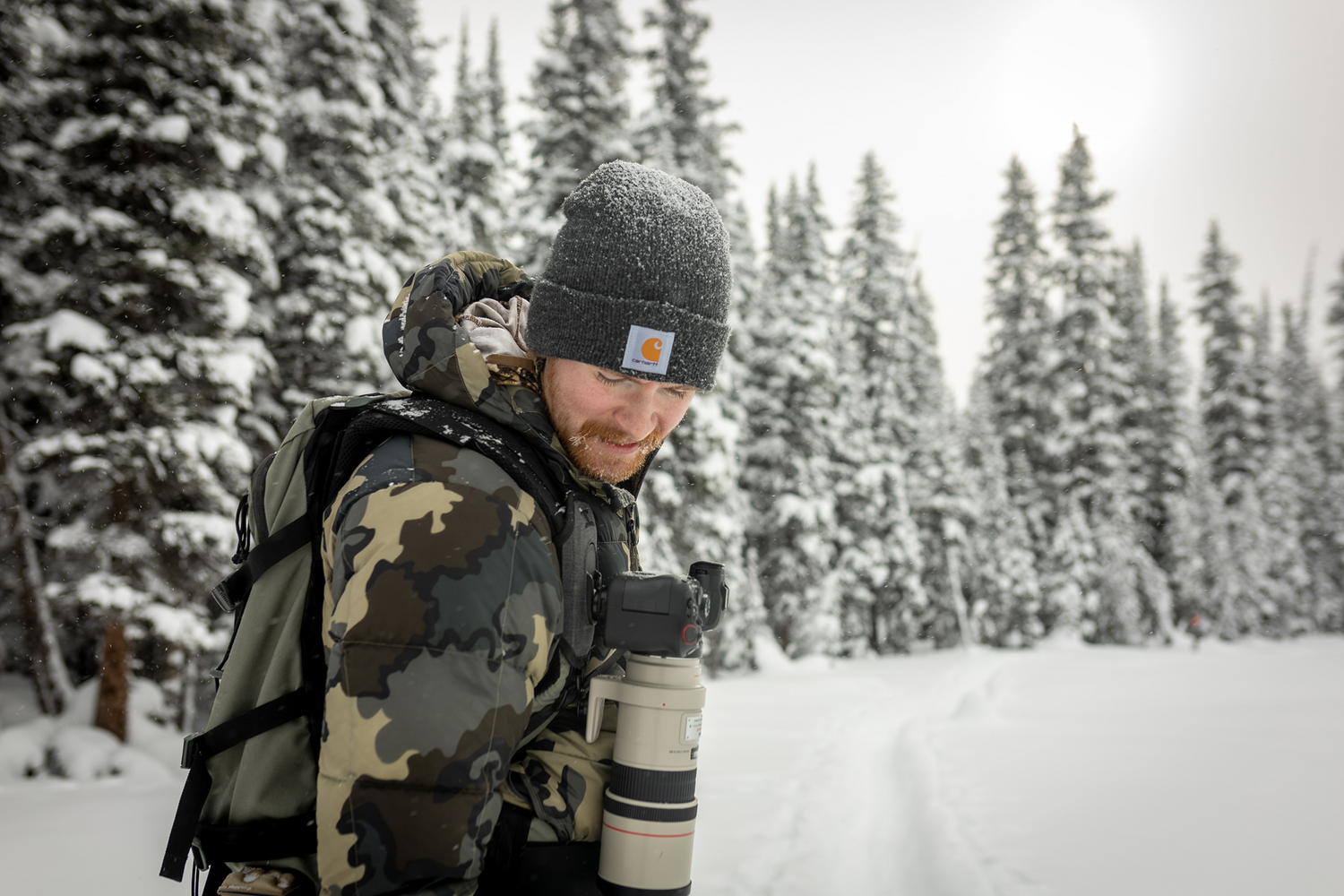Winter brings unique and breathtaking photographic opportunities, from snowy landscapes to frost-covered details. However, cold weather photography isn’t without its challenges. Freezing temperatures, snow, and ice can test both photographers and their gear. Here’s a guide to navigating these challenges and capturing stunning winter images without compromising your equipment or comfort.
Battery Life in Cold Weather
One of the most common issues photographers face in cold weather is shortened battery life. Batteries lose power quickly in freezing temperatures, leaving you with less shooting time.
How to Overcome It:
- Keep batteries warm by storing spares in an inner pocket close to your body. Rotate batteries as they deplete.
- Use high-capacity batteries that last longer in cold conditions.
- Avoid leaving your camera on when not actively shooting to preserve battery life.
Fogging and Condensation
Moving your camera between cold and warm environments can cause condensation, which can damage your gear.
How to Overcome It:
- Acclimate your gear gradually by placing your camera in a sealed plastic bag before bringing it indoors. Let it adjust to the indoor temperature before removing it from the bag.
- Use lens hoods to reduce fogging on the front element of your lens.
Operating Your Camera with Gloves
Cold hands can make adjusting settings or pressing buttons a struggle, but removing gloves is uncomfortable in freezing weather.
How to Overcome It:
- Invest in photography gloves with touch-sensitive fingertips or flip-back designs to maintain warmth while operating your camera.
- Pre-set your camera to commonly used settings before heading out to minimize adjustments in the field.
Dealing with Snow and Moisture
Snow can melt on your camera, introducing moisture that may damage your equipment.
How to Overcome It:
- Use weatherproof gear. If your camera isn’t weather-sealed, use a rain cover or waterproof housing for added protection.
- Carry a microfiber cloth to wipe off snow or moisture immediately to prevent it from seeping into your camera.
Maintaining Focus and Sharpness
Bright snow can confuse your camera’s autofocus system, and gloves can make manual adjustments tricky.
How to Overcome It:
- Switch to single-point autofocus to ensure the camera locks onto the right subject.
- Consider using manual focus with focus peaking for critical sharpness, if your camera supports it.
Exposure Challenges with Snow
Snow reflects a significant amount of light, which can trick your camera’s meter into underexposing images, leaving snow looking gray instead of white.
How to Overcome It:
- Set your exposure compensation to +1 or +2 stops to keep snow bright and properly exposed.
- Use spot metering to meter off a mid-tone subject instead of the snow to ensure accurate exposure.
Protecting Yourself
Photography in freezing weather can take a toll on your body, making it harder to focus and stay motivated.
How to Overcome It:
- Dress in layers with thermal base layers, insulating mid-layers, and a waterproof outer layer to stay warm and dry.
- Keep your feet and hands warm with insulated boots and reusable hand warmers.
- Take breaks indoors or in a sheltered area to warm up and recharge.
Carrying Gear in Snowy Terrain
Snowy or icy terrain makes carrying and accessing gear more difficult. Slipping or fumbling can damage your equipment.
How to Overcome It:
- Use a quality camera vest to keep your camera secure yet accessible during movement.
- Minimize the weight you carry by bringing only the lenses and accessories you’ll use most.

Lens Fogging During Shoots
Condensation can form on your lens during prolonged shoots, especially when the lens warms up slightly during use.
How to Overcome It:
- Avoid breathing near your lens to prevent fogging, especially in extreme cold.
- Apply anti-fog wipes or sprays to prevent fog buildup on your lens.
Keeping Creativity Alive
The harsh conditions can sometimes make it hard to stay creative or inspired during winter shoots.
How to Overcome It:
- Scout locations in advance to plan your shots and minimize time spent setting up in the cold.
- Experiment with long exposures using neutral density filters to capture silky snowstorms or moving clouds.
- Focus on unique details like frost patterns, icicles, or snow-covered trees for compelling compositions.
Cold weather photography comes with its fair share of challenges, but with the right preparation and mindset, it can lead to some of the most stunning and unique images in your portfolio. From safeguarding your gear to dressing warmly, these tips will help you navigate the winter landscape and capture its beauty with confidence.





